Motorola Edge 40 Neo review: one of the best cheap phones you can buy
Moto's Edge 40 Neo is a real over-achiever considering its asking price

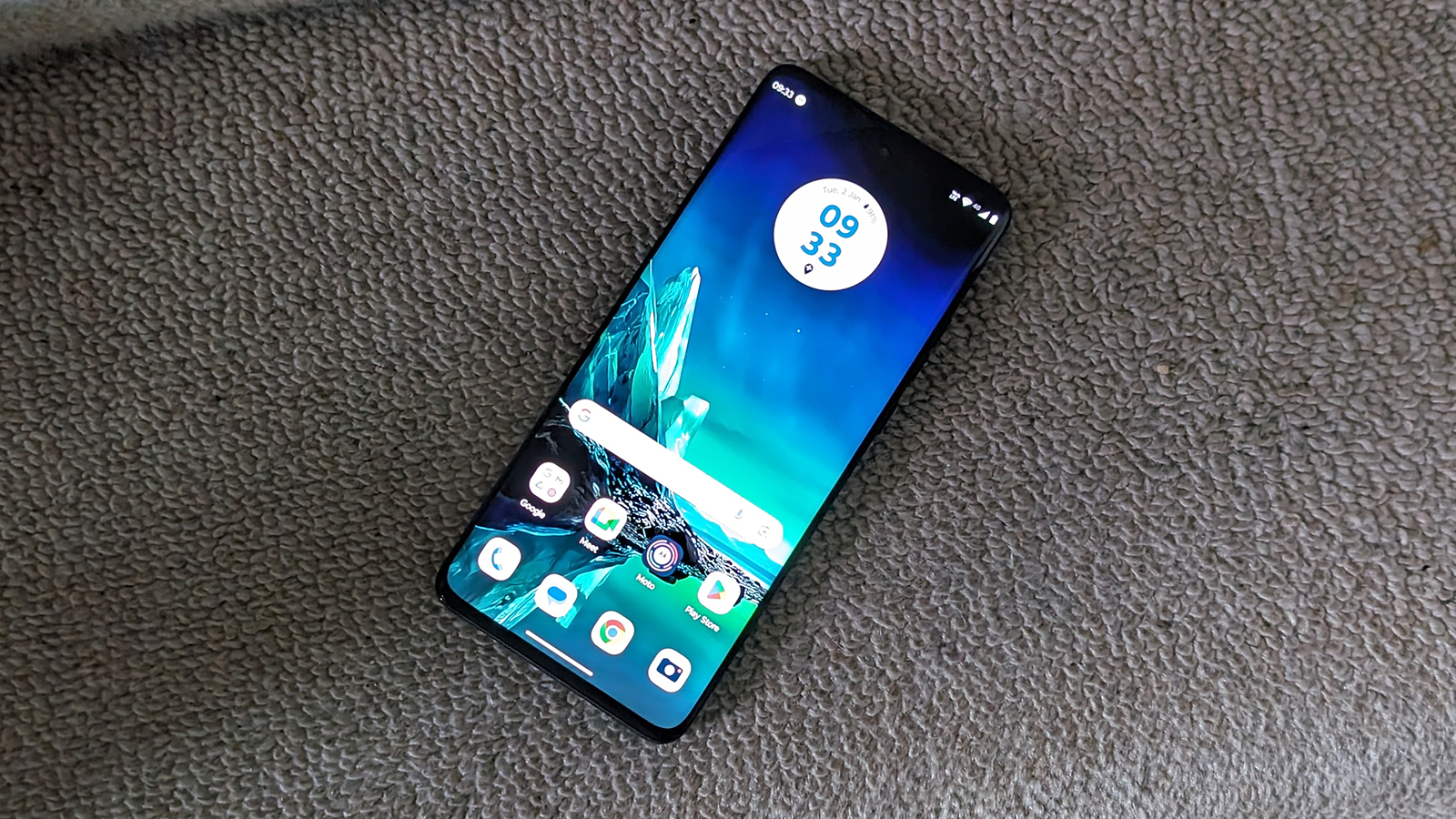
The Edge 40 Neo is simply one of the best phones you can buy at this price thanks to an excellent screen, waterproofing, and a polished design. Some software and camera niggles stop it from being perfect, but not many handsets give you as much bang for your buck as this Motorola right now.
-
+
Premium look and feel
-
+
Great value for money
-
+
Impressive low-light photos
-
-
Some camera failings
-
-
Occasional screen oddities
-
-
Nags from install bloatware
Why you can trust T3

Take a look at the starting price of the Motorola Edge 40 Neo, and you'll see its sights are firmly set on our list of the best cheap smartphones you can buy – although it also has a case for being one of the best Android phones too, if you're prioritising value for money.
It's a handset that might be worth getting on your shortlist if you're looking to get the maximum amount of phone in return for the minimum amount of money, and if you don't mind missing out on some of the cutting edge features available on flagship devices.
This comprehensive Motorola Edge 40 Neo review is based on several weeks of using the device, and it will tell you everything you need to know about the handset: from the time you can expect to get between battery charges, to how the on-board cameras perform.
Motorola Edge 40 Neo: price & availability
The Motorola Edge 40 Neo is out now and available to buy in the UK from the usual outlets, including retailers such as Amazon and Currys, as well as directly from Motorola. The official retail price is £299.99, but if you check the widgets embedded on this page you'll be taken straight to the best prices for the handset that are currently available on the web. Note: this specific handset isn't sold in the USA.
Motorola Edge 40 Neo review: what's new?
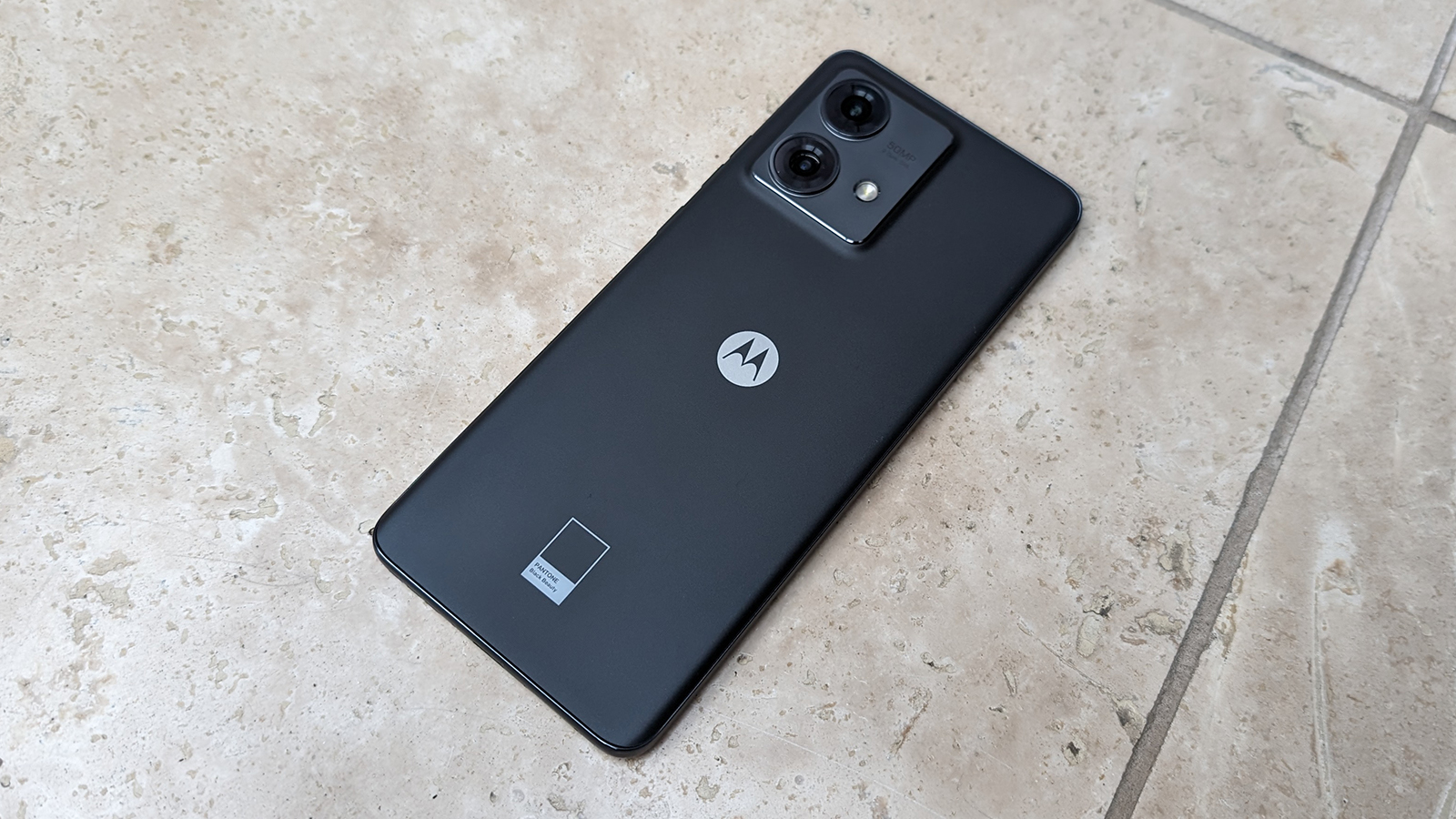
The direct predecessor to the Motorola Edge 40 Neo is the Motorola Edge 30 Neo, and this new phone comes in at the same price point – so credit to Motorola and parent company Lenovo for being able to improve the tech on board this phone series without adding to the overall cost of the handset.
This latest entry in the Neo line is slightly larger and slightly heavier than the phone that came before it, but that's because the battery capacity is increased from 4,020mAh to 5,000mAh accordingly. Meanwhile the Qualcomm Snapdragon 695 processor gets swapped out for the newer (and slightly faster) MediaTek Dimensity 7030.
As for the configurations of the old versus new phones, the Edge 30 Neo started at 6GB of RAM and went up to 8GB, whereas the Edge 40 Neo starts at 8GB of RAM and goes up to 12GB – very decent for a budget phone. The accompanying internal storage choices of 128GB or 256GB remain the same (not that you really need any more).
Get all the latest news, reviews, deals and buying guides on gorgeous tech, home and active products from the T3 experts
Both these handsets have a dual-lens rear camera setup with a 13-megapixel ultrawide camera, but the Edge 40 Neo uses a 50MP main camera rather than the 64MP main camera of the Edge 30 Neo. Megapixel counts aren't everything though – read on to see what we thought of the camera performance on the Motorola Edge 40 Neo.
Motorola Edge 40 Neo review: design & display
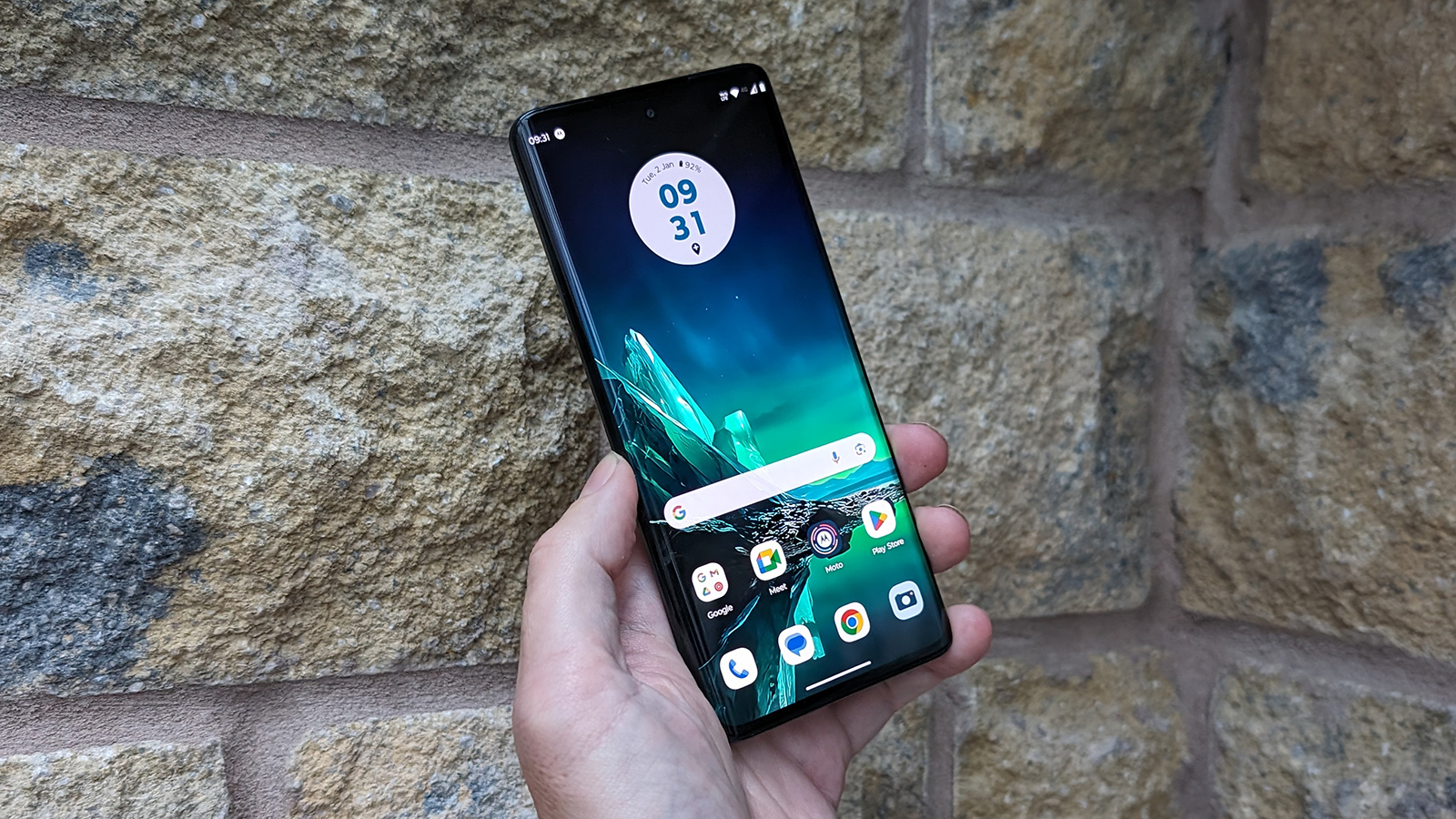
The Motorola Edge 40 Neo immediately grabs you as looking like a phone that's a lot more expensive than it actually is. The 6.55-inch OLED screen runs at a resolution of 1080 x 2400 pixels, and it's curved too: this adds to the premium aesthetic, but we did find ourselves occasionally triggering actions on the phone when we didn't want to.
You get an impressive 144Hz maximum refresh rate on this display, and a peak brightness of 1300 nits. That's certainly enough to catch the eye, and combined with the OLED display tech and its deep blacks, it makes all kinds of content look fantastic. It doesn't disappoint whether you're watching movies or scrolling through social media.
The Edge 40 Neo is available with a vegan leather backing in three colours: Caneel Bay (bright blue), Soothing Sea (pale green), or Peach Fuzz (peach, basically). However, our unit came in the Black Beauty colour, with a plastic back that had a very gentle brushed texture to it that we like a lot.
You get a little bit of extra grip with the texture, and it helps to repel fingerprint smudges too. Also of note is the IP68 rating for this phone, so it can survive up to 30 minutes in fresh water at a depth of 1.5 metres – it's not something you often get on a budget handset like this, and it adds to the value for money.
Motorola Edge 40 Neo review: performance & battery

While the Motorola Edge 40 Neo comes with a good amount of RAM, it's occasionally let down by the MediaTek Dimensity 7030 processor fitted inside it: apps just take a second or two longer to load than they do on an Apple iPhone or Samsung Galaxy S phone (which, admittedly, are much pricier).
We noticed very occasional pauses and stuttering, but you're still going to do everything you need to do on this handset – just a little bit slower. Games and apps still run smoothly enough almost all of the time, but you don't get the same lightning-fast responses and performance in spades as you do from the best phones on the market.
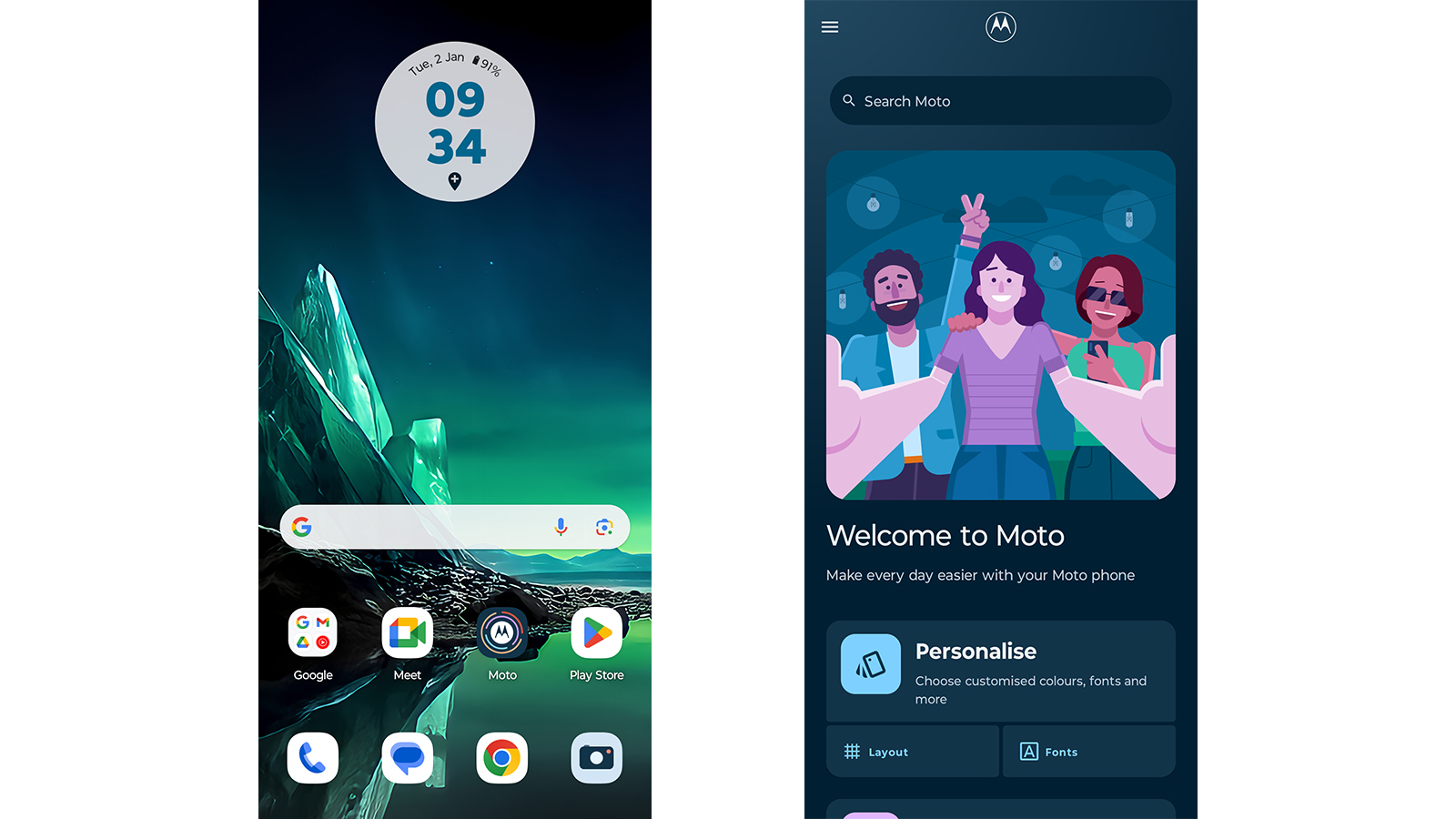
Motorola's take on Google's Android operating system is, by and large, pretty clean and minimal – though there are some nagging screens after setup that prompt you to download apps and games you probably don't really want. In general, there's nothing really major to complain about, and there are some nice extra features (like customisation options) exclusive to Moto devices.
As for battery life, after overnight charging we ended most days with around 20% left in the tank. An hour of movie streaming at a low volume and maximum screen brightness knocks the battery level down by just a few percentage points – so you're looking at around 20 hours of video playback between charges, which is above the norm.
Motorola Edge 40 Neo review: cameras
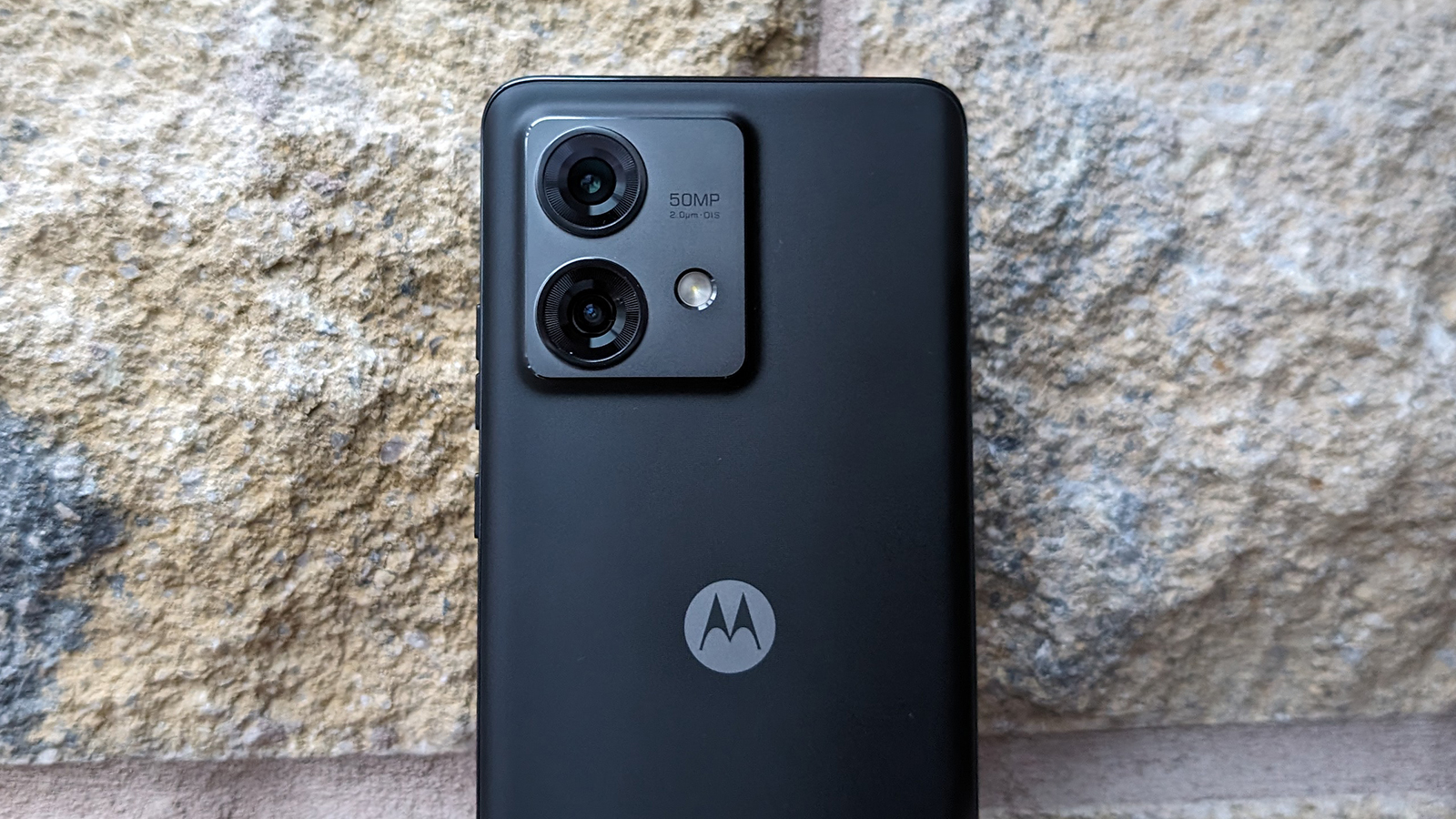
You'll find a 32-megapixel selfie camera on the front of the Motorola Edge 40 Neo, and a 50MP+13MP camera duo on the back. You don't get any optical zoom (the 2x digital zoom isn't really worth bothering with), but there is an ultrawide mode that functions well without too much distortion, to fit more into the frame.
Most of the time, photos and videos come out looking fine: you can add an auto-enhance mode to proceedings, but we stuck with the normal option. Some details can get lost, and we saw one or two struggles with very bright colour palettes, but as point-and-shoot camera capabilities go, the Motorola Edge 40 Neo does a decent job.







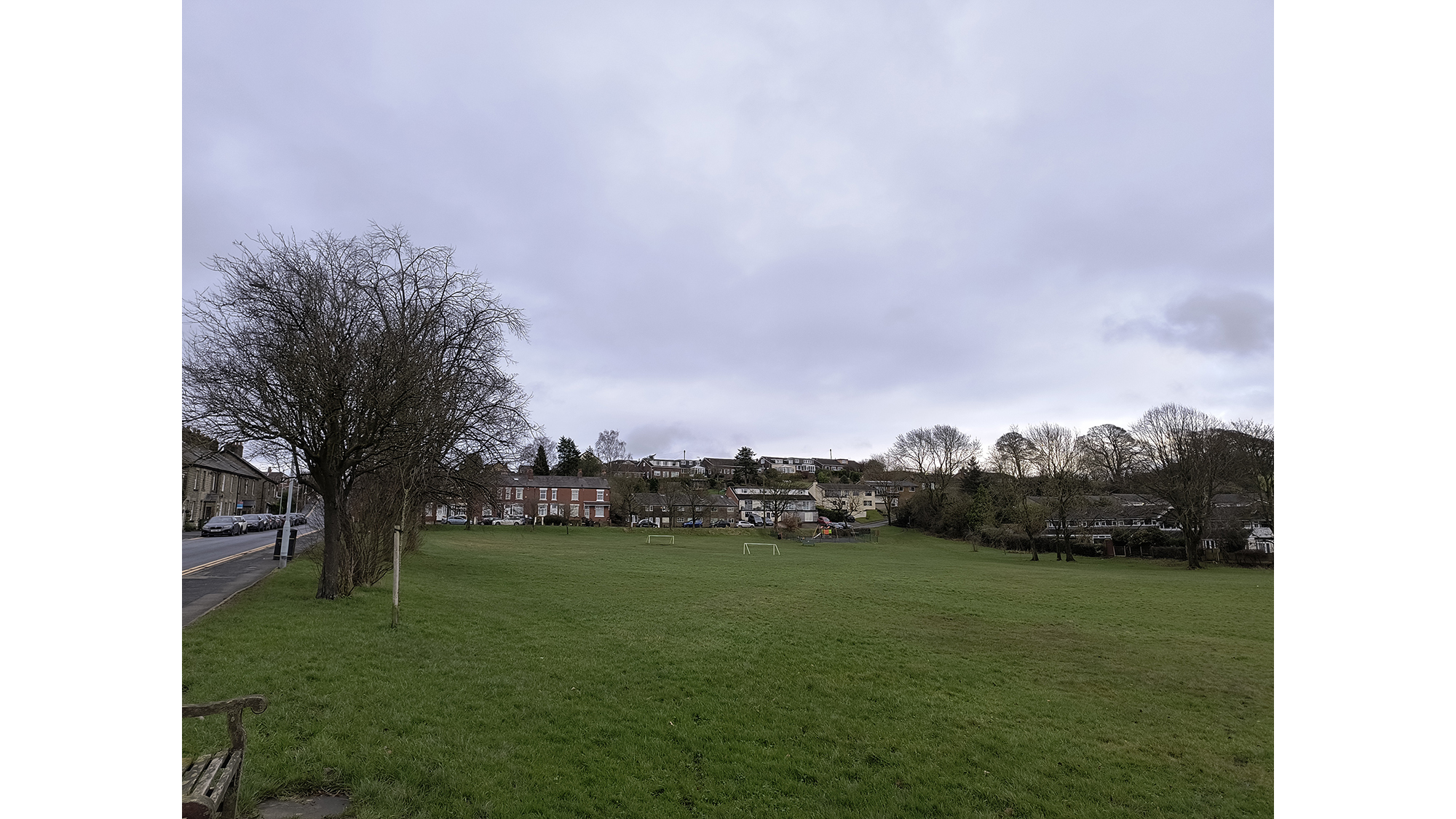




The low-light mode is definitely above average for a phone at this price. Provided you can keep the handset still for a second or two, you can get nighttime shots that are perfectly usable – albeit with a bit of image noise and a lack of defined edges if you look closely. These shots even hold up well against those taken by much more expensive phones.
There is a Pro mode on the camera, where you can dive a little bit deeper into the camera settings, which advanced users will like, and the handset is also capable of recording 4K video nothing special in terms of its crispness and without any special tricks like auto-stabilisation, but good enough for grabbing clips quickly.
Motorola Edge 40 Neo review: verdict
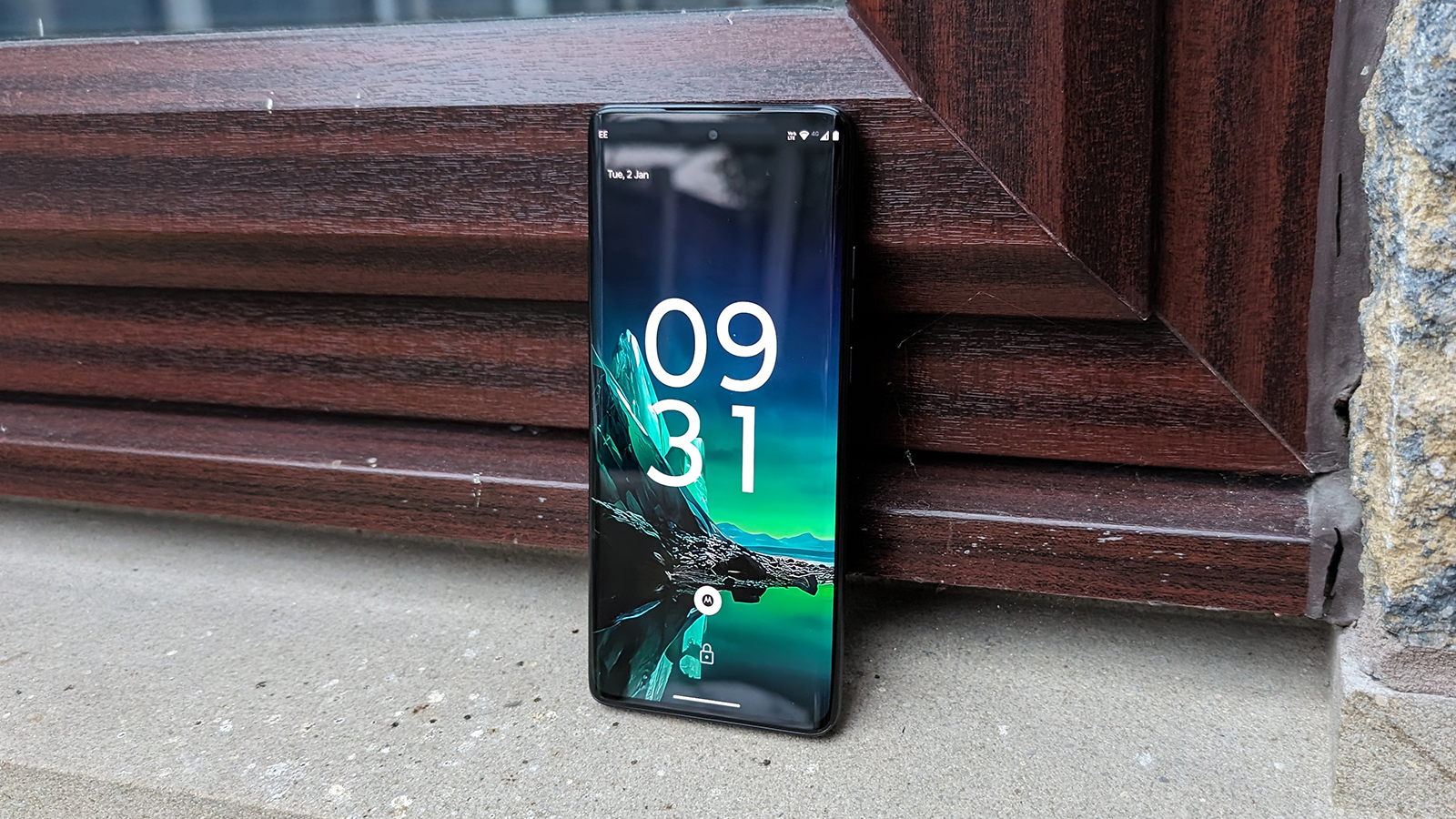
It's not all that easy to reduce a budget or mid-range phone down to a rating between one and five stars (and we don't score half-stars at T3). These handsets are clearly not as good as the best Apple iPhone or best Google Pixel phones, because they're not as fast, the screens aren't as good, and the photos and videos captured by the cameras aren't up to the same level of quality.
However, they are a lot cheaper – so really that star rating becomes less about how these more affordable handsets stack up against the flagships, and more about how much bang you get for your buck in the context of their surrounding competitors. In that department, the Motorola Edge 40 Neo really impresses, because you get much more than you would expect at this price point.
Indeed, we think the Neo might well be the best phone in the world at this price point right now. That's saying something, considering how busy this section of the market is. Indeed, spend some time shopping around online (and checking out the widgets embedded on this page), and you might be able to find it for even less than its original price.
Those bits of bloatware and occasional camera and performance issues does mean it falls short of a full five-star rating, but you can hardly expect a Google Pixel 8 Pro for £300 – otherwise there would be no need for, well, any pricey flagship. So if this Motorola fits your considered budget for a smartphone purhcase then we'd wholeheartedly recommend it.
Also consider
The Samsung Galaxy S23 FE bridges the price gap between the Motorola Edge 40 Neo and the flagship phone bracket quite nicely, so if you do have some extra money to spend then this upgrade may well be worth it. You'll notice the extra money you spend in the quality of the photos and videos you can capture, and in the phone's performance.
It's also interesting to compare the Edge 40 Neo with the Google Pixel 7a. The Google phone isn't all that much more expensive, but that extra investment gives you improvements in terms of camera capabilities and performance – even if you might prefer the overall aesthetic of the Motorola option.
Dave has over 20 years' experience in the tech journalism industry, covering hardware and software across mobile, computing, smart home, home entertainment, wearables, gaming and the web – you can find his writing online, in print, and even in the occasional scientific paper, across major tech titles like T3, TechRadar, Gizmodo and Wired. Outside of work, he enjoys long walks in the countryside, skiing down mountains, watching football matches (as long as his team is winning) and keeping up with the latest movies.
